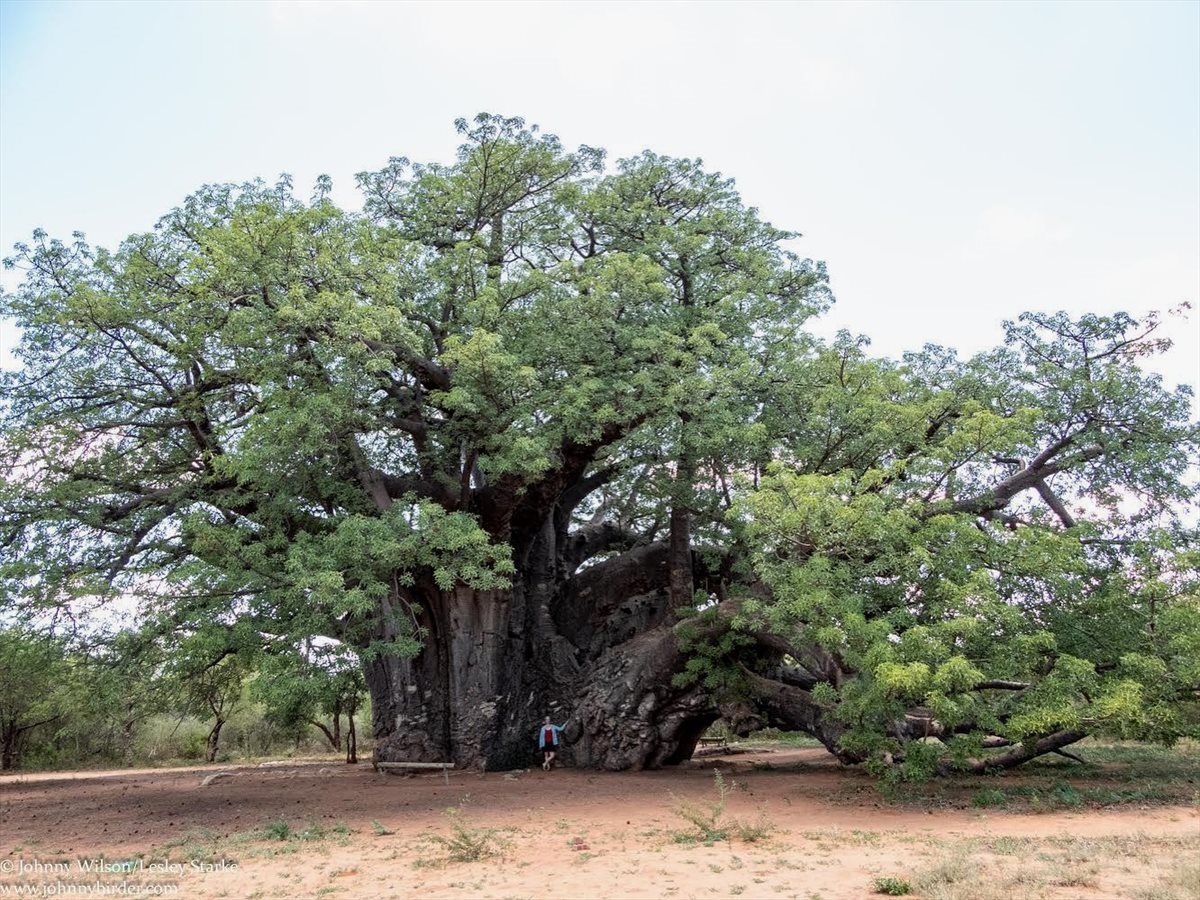






However, some of these hidden rural gems also involve spooky folklore to be enjoyed by travellers, including alleged carnivorous mountains and supposedly emotional gigantic trees.
After being held back from travelling for so long, people are now keen to try out new options. Rural travel is an exciting choice, offering travellers the chance to experience the unexplored.
Rural tourism is one of the assets that Mzansi should be pushing for everyone, locally and internationally, to explore. Many South Africans don't know about some of the best rural treasures that their country has to offer - destinations only Mzansi has to share with the world, and that we should be proud of.
Here are five rural gems in South Africa to check out this winter.
Scientists say that baobab trees can live for up to 3,000 years, and in Limpopo there is one that is thought to be that old.
The Sagole Baobab is the largest baobab tree in the world, according to the Guinness World Records. The giant tree located in Masisi village in Limpopo has a base circumference of 43 metres, and a height of over 20 metres. It would take 18–20 people to encircle the tree's trunk with their open hands.
Locals in the village of Sagole, which is in the north-eastern part of the country, say the unhuggable tree is approximately 3,000 years old, despite the fact that carbon dating estimates its age to be between 1,200 and 1,700 years.
On the mystical side of things, a baobab tree near Makurung village in Limpopo is said to cry when struck with rocks. Whether or not the ostensibly emotional tree cries, it's an uncommon sighting that would make for a great experience.
Often referred to as ‘African Stonehenge’, Adam's Calendar is a series of large stones some believe to be the oldest man-made structure on Earth. The geographic wonder was first brought to light by a bush pilot in 2023 who spotted the ancient circular monolithic stones on a plateau just above the town of Kaapsche Hoop in Mpumalanga. They are said to predate both Stonehenge and the Great Pyramid of Giza by tens of thousands of years.
The stone ring is a timekeeper in a sense that it remains accurate as a calendar following the shadow of the setting sun cast by the central monolith onto a flat calendar stone next to it.

When settlers first set their sight on the area that would later be known as Nylstroom in the 1860s, they believed they’d found the Nile River. Hence the name ‘Nylstroom’, which meant ‘Nile stream’ in their native language. They believed the flat-top gigantic mountain nearby to be a ruined pyramid but it was, in fact, a natural hillock, with a lot of mystery.
Known to the locals as Modimolle, which loosely translates to ‘God ate’ in SePedi, the mountain has caused many travellers who know its folklore to park their cars on the side of the N1. They venture up the mountain and challenge the local legend that says that the mountain ‘eats’ people.
Legend states that many people have not returned to the base after their summit and as a result, locals have kept this legend going for generations and there is a belief that there are supernatural forces up there that ‘swallow’ those they choose.
In recent times, social media has featured images of courageous young people who have challenged the legend and made it back to the foot of the mountain. The town was officially renamed ‘Modimolle’ in 2002.
Wupperthal is a quaint village in the picturesque Cederberg mountains of the Western Cape. The rural village’s tiny size - you can cross it from one side to the other in 10 minutes - belies its fascinating history. Founded in 1830 by two German missionaries, a small community lived there for years in virtual isolation, bound by strict moral values and religious devotion.
Wupperthal’s neat, thatch-roofed, white-washed cottages, many with pretty gardens, are set in streets where water flows in furrows, a calm oasis in the rugged mountain wilderness. Rich in culture and steeped in tradition, this remote village boasts South Africa’s oldest working shoe factory, producing hand-made leather veldskoene. The valley is also widely acknowledged as the epicentre of growing rooibos - with the first recorded rooibos farming taking place in the valley almost 200 years ago.
Wupperthal experienced a devastating fire in 2018, but is being rebuilt to welcome visitors once again. Tourism is a growing industry for the region, particularly during the Namaqualand flower season in August and September.
The small fishing west-coast town is known for its old lobster industry. It exports to Europe and has been exporting to France, in particular, since 1902.
The town is a balm for eyes that are tired of watching Nexflix releases and chilling week-in week-out. When you want to experience the beauty of a small coastal town, Paternoster’s white-washed fishermen’s cottages and fisherman traditions may just be what the doctor ordered.
These are some of the rural gems South Africa can be proud of. And as beautiful as rural parts of this country are; it’s worth the trip.